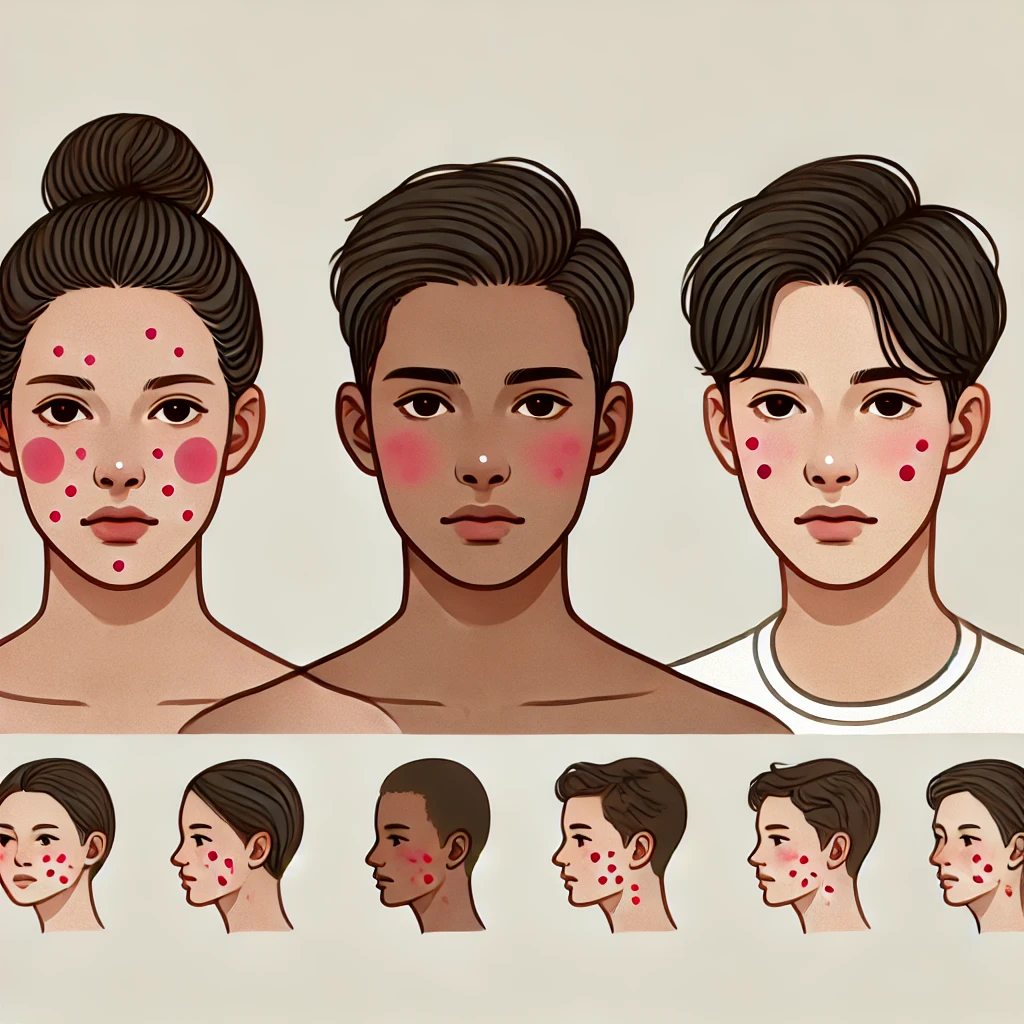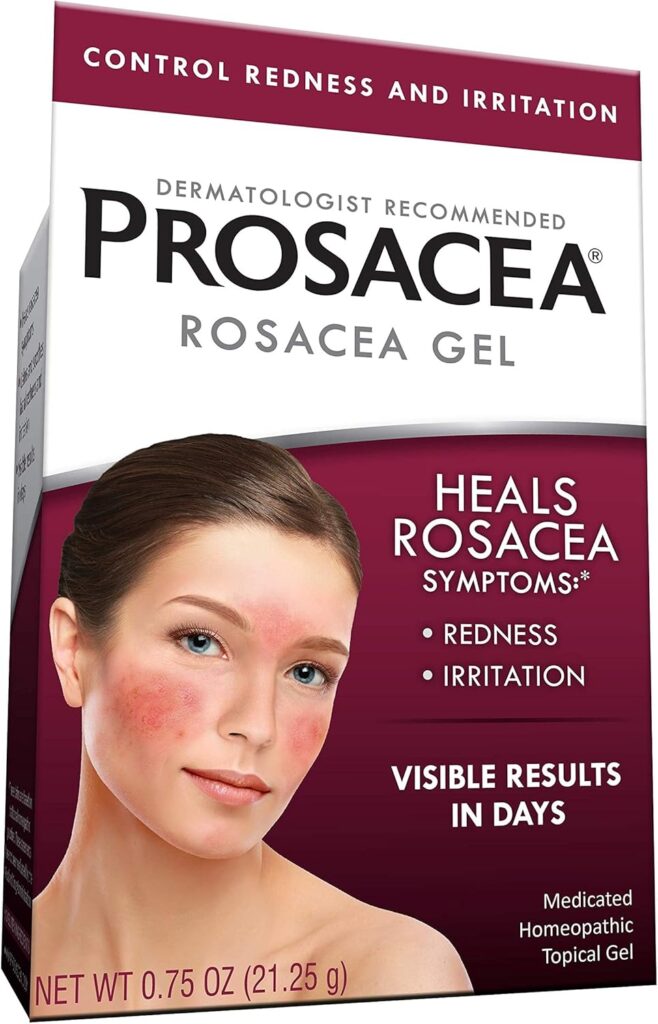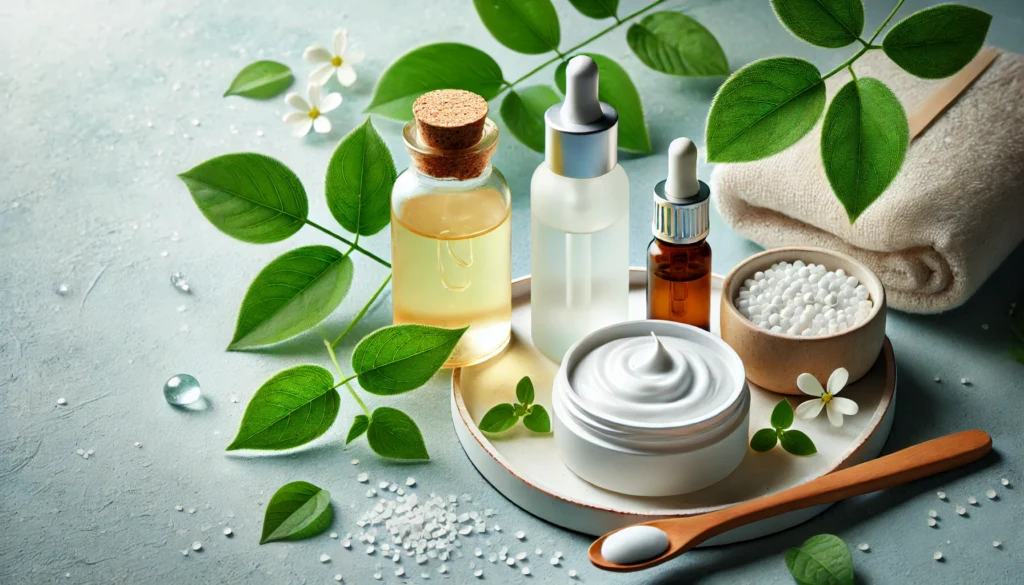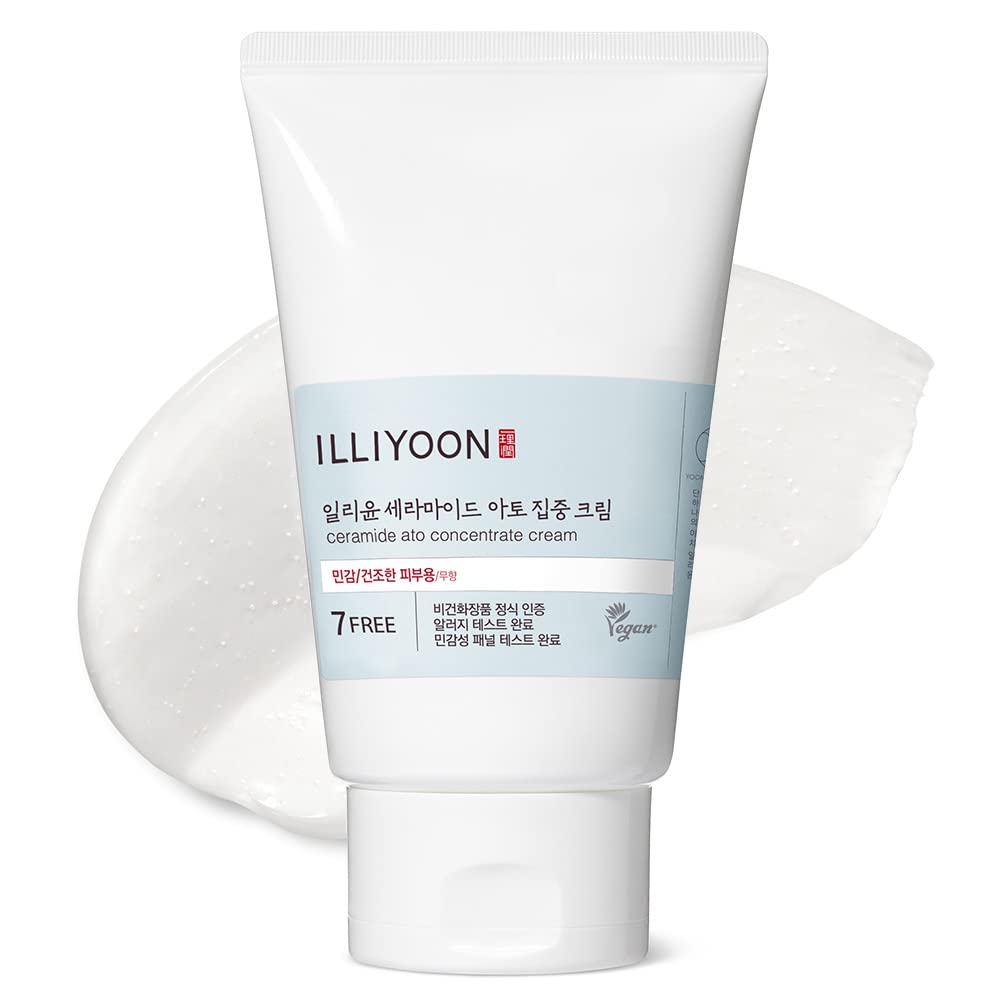Introduction
Rosacea is a chronic skin condition that affects millions worldwide. Characterized by redness, visible blood vessels, and sometimes acne-like breakouts, it can be a persistent issue impacting not only the skin but also an individual’s confidence and lifestyle. This comprehensive guide will provide you with insights into the symptoms, causes, treatment options, and effective management strategies for rosacea.
What is Rosacea?
Definition and Overview
Rosacea is a chronic inflammatory skin disorder primarily affecting the face. It often begins with a tendency to blush or flush more easily than others and can progress to persistent redness, bumps, and visible blood vessels. While it can affect anyone, it is most common in middle-aged women with fair skin.
Different Types of Rosacea
Understanding the various types of this skin concern is crucial for proper diagnosis and treatment:
- Erythematotelangiectatic Rosacea: This type is marked by persistent redness, visible blood vessels, and a tendency for the skin to flush easily.
- Papulopustular Rosacea: Often mistaken for acne, this form includes redness along with swollen bumps or pustules.
- Phymatous Rosacea: This more severe type involves the thickening of the skin, particularly around the nose, leading to an enlarged and bulbous appearance.
- Ocular Rosacea: This type affects the eyes, causing symptoms like dryness, irritation, and swollen eyelids.
Common Symptoms
Identifying Early Signs
Early signs of rosacea can vary widely but typically include facial redness, sensitive skin, and a burning or stinging sensation. It’s essential to catch these symptoms early to manage the condition effectively.
Progression of Symptoms
As rosacea progresses, additional symptoms such as persistent facial redness, bumps that resemble acne, and visible blood vessels may develop. In more severe cases, the skin may thicken, leading to a rough texture.
Causes and Triggers of Rosacea Flare-Ups
Genetic Factors
Research suggests that this issue often runs in families, indicating a potential genetic predisposition. While the exact cause is still unknown, genetic markers may play a role in one’s likelihood of developing the condition.
Environmental Triggers
Environmental factors can exacerbate rosacea. Some common triggers include:
Weather and Climate
- Extreme Temperatures: Both hot and cold weather can provoke flare-ups.
- Sun Exposure: Ultraviolet (UV) rays are among the most significant triggers for many with rosacea. It’s important to wear broad-spectrum sunscreen and protective clothing.
Lifestyle Choices
- Hot Beverages and Spicy Foods: These can dilate blood vessels and trigger redness.
- Alcohol Consumption: Alcohol, particularly red wine, can cause facial flushing.
Food and Dietary Influences
Certain foods can also trigger or worsen rosacea symptoms:
- Spicy Foods: Capsaicin, found in chili peppers, is a common irritant.
- Hot Drinks: Steaming beverages can dilate blood vessels, leading to flushing.
Diagnosing Rosacea
Clinical Evaluation and Tests
A dermatologist typically diagnoses rosacea based on a patient’s symptoms and medical history. In most cases, laboratory tests aren’t needed, but your doctor may rule out other conditions that mimic rosacea, such as lupus or eczema.
Self-Assessment Techniques
Patients can monitor their symptoms by keeping a journal of flare-ups and potential triggers. This method can help identify lifestyle changes that may reduce flare-ups over time.
Treatment Options
Topical Medications
Various topical treatments can help reduce inflammation and redness:
Prescription Creams and Gels
- Metronidazole: A common treatment for reducing redness and swelling.
- Azelaic Acid: Helps clear up bumps and swelling.
- Brimonidine Gel: Temporarily constricts blood vessels to reduce redness.
Oral Medications
For more severe cases, oral medications can be more effective:
Antibiotics and Anti-Inflammatories
- Doxycycline: Often prescribed to manage the inflammation associated with rosacea.
- Isotretinoin: In cases resistant to other treatments, this potent medication can be effective, although it comes with significant side effects.
Laser and Light Therapies
Laser treatments, such as pulsed dye laser (PDL) and intense pulsed light (IPL), target visible blood vessels and redness. These treatments can be expensive and may require multiple sessions, but they are effective in reducing persistent redness.
Lifestyle Modifications for Managing this skin concern
Skincare Routine Tips
A consistent skincare routine tailored to sensitive skin can help minimize flare-ups:
Choosing Gentle Products
- Fragrance-Free Cleansers: Products without harsh chemicals are less likely to irritate the skin.
- Moisturizers with Ceramides: These help maintain the skin’s barrier function, reducing sensitivity and dryness.
Stress Management Techniques
Stress is a well-known trigger for rosacea. Techniques such as mindfulness, deep breathing exercises, and yoga can help manage stress levels and potentially reduce flare-ups.
Protective Measures Against Environmental Factors
Wearing sunscreen with at least SPF 30, wide-brimmed hats, and avoiding peak sunlight hours can help prevent rosacea flare-ups caused by sun exposure.
Dietary Changes to Reduce Flare-Ups
Foods to Avoid
- Spicy Foods: As mentioned earlier, capsaicin can worsen symptoms.
- Caffeine: For some, caffeine can contribute to facial redness.
Beneficial Foods for Skin Health
- Omega-3 Fatty Acids: Found in fish like salmon, omega-3s can help reduce inflammation.
- Antioxidant-Rich Foods: Berries, green tea, and leafy greens can protect the skin from oxidative stress.
Myths and Misconceptions
Common Misunderstandings
One common myth is that this skin issue is caused by poor hygiene, which is false. Rosacea is a complex skin condition with various triggers unrelated to cleanliness.
Clarifying Facts Based on Research
Another misconception is that rosacea is only a cosmetic problem. In reality, it can affect emotional well-being and quality of life.
Conclusion
Rosacea is a complex and multifaceted condition that requires a tailored approach for each individual. Recognizing its signs and triggers of is the first step toward managing it effectively. Treatment plans often include a combination of medical treatment, skincare routines, and lifestyle adjustments, all aimed at reducing the frequency and severity of flare-ups.
Implementing preventive measures, such as protecting the skin from the sun and managing stress, plays a significant role in keeping rosacea under control. By understanding and addressing specific triggers and symptoms, individuals with this issue can achieve greater comfort and maintain confidence in their day-to-day lives. Staying informed and working closely with a dermatologist can empower those affected to live more comfortably and maintain healthier skin over time.
FAQs
Q1:Is Rosacea Contagious?
No, it is not contagious. Unlike some other skin conditions, it cannot be spread through direct contact, sharing towels, or using the same skincare products as someone who has it. This is an important distinction, as the redness and visible irritation associated with rosacea may lead to misconceptions about its nature.
Rosacea is fundamentally an inflammatory condition with roots in genetic and environmental factors rather than an infection or communicable disease. While it might sometimes be misunderstood as an infectious skin problem due to its appearance, it’s crucial to educate those around you that it poses no risk to others. Maintaining a clear understanding of this helps in reducing stigma and supporting those dealing with the condition.
Q2:Can Rosacea Be Cured Permanently?
While there is currently no permanent cure for rosacea, it is possible to manage and significantly reduce its symptoms through a combination of medical treatment, consistent skincare, and lifestyle adjustments. Rosacea is chronic, meaning it may go through cycles of flare-ups and remissions.
Medical advancements have made it easier to keep these flare-ups under control, with treatments ranging from topical and oral medications to laser therapy and lifestyle modifications. Regular dermatological checkups and personalized treatment plans tailored to each individual’s skin type and triggers can help manage the condition over the long term. It’s also essential to be patient, as the effectiveness of treatments can vary, and finding the right combination may take time.
Q3:What are the Best Over-the-Counter Products for Rosacea?
When it comes to managing rosacea, over-the-counter (OTC) products can provide relief and help maintain a balanced skin barrier. Look for products that contain niacinamide, known for its anti-inflammatory properties and ability to reduce redness. Ceramides are essential for reinforcing the skin’s protective barrier, preventing moisture loss, and reducing overall sensitivity.
Hyaluronic acid is another excellent ingredient that hydrates the skin without causing irritation or greasiness. Gentle, fragrance-free cleansers and moisturizers designed for sensitive skin types are also beneficial, as harsh additives and scents can exacerbate flare-ups. When selecting products, it is wise to patch test new items to ensure they do not trigger a reaction. For those with severe symptoms, consulting a dermatologist before trying new OTC solutions is recommended.
Q4:Does Sun Exposure Worsen Rosacea?
Yes, sun exposure is a significant trigger for many individuals with rosacea. Ultraviolet (UV) rays can cause the skin to react by increasing inflammation and dilating blood vessels, leading to redness and flare-ups. Therefore, sun protection is an essential component of rosacea management. Dermatologists often recommend daily use of a broad-spectrum sunscreen with an SPF of 30 or higher. Opt for sunscreens that are mineral-based, containing zinc oxide or titanium dioxide, as these ingredients are less likely to irritate sensitive skin.
In addition to sunscreen, wearing wide-brimmed hats, seeking shade during peak sunlight hours, and using physical barriers like sunglasses or umbrellas can further protect against UV exposure. Protective measures not only prevent flare-ups but also reduce the long-term risk of sun damage, which can exacerbate rosacea symptoms over time.
How Does Stress Impact Rosacea?
Stress is a well-known trigger that can provoke rosacea flare-ups. When stressed, the body releases certain hormones, such as cortisol, which can increase inflammation and exacerbate rosacea symptoms. For individuals dealing with chronic stress or anxiety, these flare-ups can become more frequent and pronounced.
Stress management techniques, such as mindfulness practices, deep breathing exercises, and yoga, can help maintain a calmer state of mind and reduce the frequency of flare-ups. Regular physical activity and maintaining a balanced lifestyle that includes proper sleep, hydration, and nutrition are also effective strategies for stress management. It’s important to remember that while stress reduction may not cure rosacea, it can significantly improve overall skin health and reduce the severity of symptoms.
Q5:Are There Natural Remedies That Work?
Yes, there are several natural remedies that some individuals find helpful for managing rosacea symptoms. Green tea extract is often praised for its anti-inflammatory and antioxidant properties, which can help soothe irritated skin and reduce redness. Applying cooled green tea bags to the skin or using creams that contain green tea extract can provide a calming effect. Aloe vera gel is another popular remedy due to its soothing and cooling properties.
It can be applied directly to the skin to help reduce redness and discomfort. Other natural ingredients such as oatmeal and chamomile may also be beneficial, as they have calming effects that reduce irritation. However, while these natural remedies can complement a skincare routine, it is crucial to test them on a small skin patch before full application to avoid any potential allergic reactions or sensitivity.



